New York Idir
le depart de Philadelphia
Times Square
Deux amis a moi celui de cote Mourad et celui de milieu Mohamed
Central Park
History of Central Park
This man-made creation was the first landscaped public park in the United States.
The immediate action of wealthy merchants and landowners, had admired the public grounds of Paris and London, they saw a need to establish international reputation and to give the city a place for recreation, refuge and renewal from the chaotic noise of the industry growth.
The winners of the landscape design contest hold in the 1860's for Central Park was frederick Law Olmsted and Calvert Vaux.
The Construction of the 843 acres took nearly 15 years.
Stretching from Central Park South 59th St. to 110th St. at the northern end and from 5th Ave. on the East side to Central Park West. Consisting in 46 bridges and arches, many using locally granite, 21 playgrounds, more than 30 attractions to visit from Wollman Rink to imagine mosaic a countless hours of site seeing and
learrning. 58 miles of paths for pedestrian and horseback riders, and 6.5 miles of drives for carriages, today is used as the street drive a running and biking path.
There was 500,000tons of topsoil brought in to sustain the planted vines, trees and shrubs.
Today this historic Oasis in the middle of Manhattan is one of the most visited parks in the world. It's an experience to ride around the park and see the color changes of the seasons.
Picnic Tour
Escape the hustle and bustle of New York City for an afternoon of recreation and serenity.
Enjoy a picnic overlooking the scenic landscape, an excellent way for your group to unwind, socialize and enjoy New York City's favorite back yard.
Central Park Tour
Un ami a moi a ma gauche Nacer
The Metropolitan Museum of Art
The Metropolitan Museum of Art
La soiree a Lincoln Center un gala de Idir avec Najat Aatabou
History of Central Park
This man-made creation was the first landscaped public park in the United States. The immediate action of wealthy merchants and landowners,had admired the public grounds of Paris and London, they saw a need to establish international reputation and to give the city a place for recreation, refuge and renewal from the chaotic noise of the industry growth.
The winners of the landscape design contest hold in the 1860's for Central Park was Frederick law OLmsted and Calvert Vaux.
The Construction of the 843 acres took nearly 15 years. Stretching from Central Park South 59th St. to 110th St. At the northern end and from 5th Ave. On the East side to Central Park West. Consisting in 46 bridges and arches, many using locally granite, 21 playgrounds more than 30 attractions to visit from Wollman Rink to Imagine mosaic a countless hours of site seeing and learning. 58 miles of paths for pedestrian and horseback riders, and 6.5 miles of drives for carriages, today is used as the street drive a running and biking path. There was 500,000 tons of topsoil brought in to sustain the planted vines, trees and shrubs.
Today this historic Oasis in the middle of Manhattan is one of the most visited parks in the world. It's an experience to ride around the park and see the color changes of the seasons.
Quel plaisir d'accueillir un geant de la chanson Kabyle ici a New York ?
Idir,vous nous a vraiment honore le samedi soir a Lincoln Centre avec votre presence.
Vous nous a fait senti vous belles et eternelles chansons(Isefra,Adrar,Cfigh,Ml-iyi,Abehri n tmeddit,Tamacahuts,Cteddu-yi,Ssendu,AVava inouva,Tout ce temps, Tizi Ouzou,Lettre a ma fille,Zwits rwits,Azwaw,Awah Awah) qui ont plu meme aux Américains. Quelle satisfaction !!!!!!!!!!!!!!!!!!!!!!!!!!!!!!!!!!!!!!!!!!
Vous nous a manque deja. J'espère qu' il y aura d autre rencontre comme celle ci dans l avenir.
La communaute Kabyle vous remercie ainsi que vous amis.
thanmirt
I would like to thank you very much for coming to New York to perform for us. Tobe able to see you perform truly means the world to me and l'm fortunate to have had this opportunity.
Thank you once again,your performance was inspirational.
see you
Berber Culture and Music
Berber culture spread throughout North and West Africa begining over 3000 years ago. The desertification of the Maghreb region between 300 BCE and 400 CE transformed formerly rich pastures into hostile desert, forcing Berber into the mountains or into a nomadic life. During the Arab and Franch invasions of later centuries, neither force was able to completely penetrate Berber strongholds in the high valleys of the Atlas Mountains, where Berber were able to preserve thir native language and music. Today, most contemporary Berbers are know by other names: Tuareg, Rif, Kabyle, Shawia, Haratin, and SHluh.
Today, the Kabylia-one of the largest Berber-descended ethnic groups-prefer to de identified as Amazigh (the culture), Tamazight (the Language), and imazighen (the people). Berber history is a tale of struggle going back to the days of the Greek and Roman Empires. Since the seventh century Arabic culture has dominated North Africa and Berbers have been marginalized in many of thier old homelands. French colonizers in Algeria favored Kabyles over Arabs, further inflaming conflict between Arabs and berbers. Not surprising, old animosities live on today throughout the Maghreb region.
As recently as 1994 it was illegal to teach Tamazigh in schools in Morocco and Algeria. In fact, the only Berber group that has preserved the written from of thier language is the nomadic Tuareg of Mali, Niger, and Burkina Faso. Many Berbers see these language laws as part of a large, long-standing campaign to erase their culture and history. Just the same, beautiful expressions of this ancient culture do survive in northern Africa.
In Kabyle village of old, singers were accompanied by the bendir (frame drum) and t'bel (tambourine) laying down a strong rhytm, while ajouag (flute) and ghaita (bagpipe) played melodies. by the 1930s, Algeran Kabyle music had arrived in Parisian cafes, accompanied by a variety of western string instruments. Later on, French Kabyle music reflected more and more Arab music conventions, particularly the use of larger orchestral backing. After Algeria won its independence in 1962,and new governments struggled to maintain language laws constraining the teaching and use of Tamazight, the music became explicitly political. Many musicians were persecuted, or murdered, like the well-know Matoub Lounes, who was assassinated in 1998. Others went into exile. One of the giants of the early independence years is Idir, whose 1973 song "A Vava Inouva" ("My Little Father") was the first international hit for Kabyle music. Some argue that this song paved the way for the the international success of Arabic pop rai to come.
In Morocco, Berbers make up the majority of the population, but they- and by extension, their music-also struggle against steep political odds. Najat Aatabou might have lived out her days singing at family ceremonies in her Berber village had she not been discovered by a Casablanca talent scout in 1983. But when her debut song "j'en ai Marre" ("I"ve had Enough") sold nearly 500,000 copies in Morocco, her obscurity ended. Aatabou composes her songs in her native language, but then translates them into Arabic or French. Recording both with orchestral backing and the spare staccato rhythms of the bendir frame drum and plucked-string, percussive lotar, Aatabou has evolved her songs of heartbreak and loneliness into humorous, frank tales of urban romance.
About Idir
Idir was born Hamid Cherief in a mountain village in the Kabylia region of Algeria in 1949. Raised by Jesuits, he studied geology in preparation for a career in the petroleum industry. His career path changed in 1973 when he went on a radio show at the very last minute to replace a well-know singer. On that program he performed a song that he had written for the artist, "A Vava Inouva"("My Little Father"), which almost immediately became a huge hit across the Maghreb and soon with Algerians throut France. It has since been translated into seven languages and today remains his most reconizedwork.
Idir immigrated to France in 1975 and writes and sings mainly in Tamazight and his signature sound is the Kabylian flute and derbouka. After his album Ay Arrac Negh ("To Our Children") came out in 1979, Idir took a break from performing until 1992.The following year a new album appeared on the Blue Silver label called Les Chesseurs de Lumieres ("The Hunters of Lights") where he sang about love, freedom, and exile. In this album he introduced synthesizers alongside derboukas, flute, and acoustic guitar which gave a touch of modernism.
Even though his musical output has been modest, his influence has been widespread among contemporary pop, rock, and world/fusion musicians in the Maghreb and France. The influence has been both musical (with a pure vocal style, distinctive interpretations of traditional Imazighen melodies and original material) and extra-musical (he has been an outspoken champion of the rights of his people in the context of a call for human rights). He is regarded as one of the founding fathers of world music and one of the artists who helped bring urban rai-which evoled from Arab Bedouin folk music-to prominence as a "world" sound. In recent years he has toured frequently in Europe and the Middle East, often playing concerts in support of humanitarian causes. In his latest, hugely successful, recording released in 2007, la France des Couleurs ("The Colors of France"), Idir said that he wanted "to give voice to France's rainbow nation" and invited many of the most popular artists of North Africa to write songs about one of his favorite themes, national identity.Songwriting credits on the album include Akhenaton, Grand Corps Malade, Disiz La Peste, Zaho, Manu Chao, and the Ivorian reggae star Tiken Jah Fakoly.
About Najat Aatabou
Najat Aatabou was born in 1960 in the Atlas Mountain village of Khemisset in Morocco. Born into a traditional Berber family, she gave her first public performance as a singer in 1983 while in her final year of law school. Her debut single, "J' en ai Marre" ("I' ve Had Enough"), was released that year and credited simply to Najat, since singing was not viewed as an acceptable career for a Berber woman and she didn't want her family to know of her new endeavor. The song's lyrics are an angry protest at the treatment of women in Moroccan society and it became a huge local hit in spite of being banned on radio and television. When her family discovered her secret identity she abandoned her studies and moved to Casablanca to pursue a music career. Her subsequent songs have continued to tackle social issues relating to the lives of Moroccan women in a direct and outspoken way, bringing hr both controversy and huge local fame. Among the issues she often tackles in her music are adultery, infdelity, and domestic violence, as well as unwed women who are abandoned by their boyfriends when they are discovered to be pregnant. Her basic philosophy, as expressed in her musical lyrics, is to defend women's rights with a goal of changing prevailing views and age old perceptions.
While Najat Aatabou's vocals are backed mainly by traditional North African and Arabic instruments, the bendir, a Berber Frame drum, is alwaya at the rhythmicheart of her music, with electric western instruments sometimesadded (she has even experimented with synthesizers and drum machines). Wailing above this, Aatabou's raw but melodic voice, often plays off a male chorus in a manner that echoes black American gospel singing.
Najat Aatabouis one of the few female Chaabi singers preforming today and is, in fact, known as the "Queen of Chaabi." A powerful vocal stylistshe is also noted for her singular onstage moves based on jedba, a ritual trance state. Najat, who grew up listening to rai, draws on both Arab and Imazighen musical styles, and composes in her native language, a dialect of Tamazight, but translates her songs, and sings them in Arabic and French.
The Chemical Brothers scored a worldwide million-plus copy hit in 2005 when they used a sampling of one of her most popular songs from 1987 " Hadi Kedba Bayna" ("Just Tell Me the Truth") in their single "Galvanize." To date, she has released more than 25 albums, with her most recent scheduled for European release later this year.
Un ami Hacen
Time Square la nuit








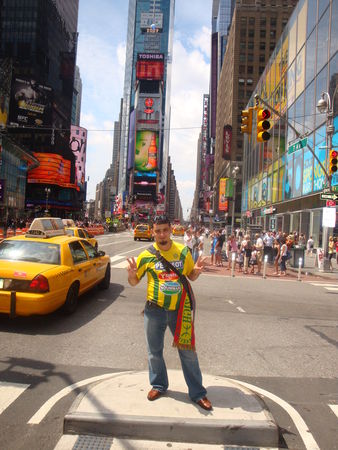







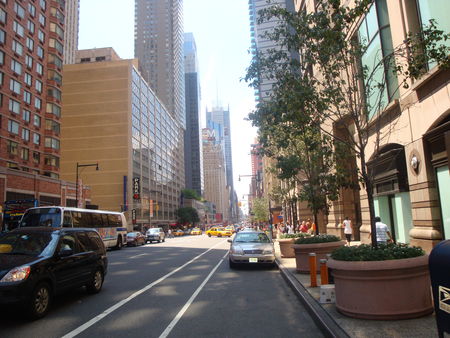

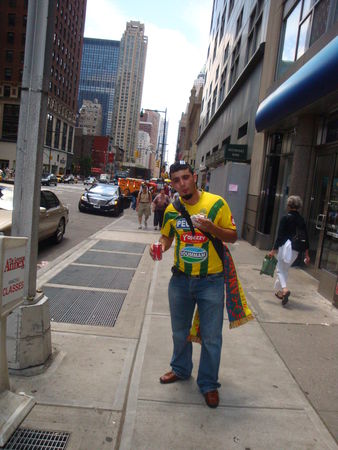


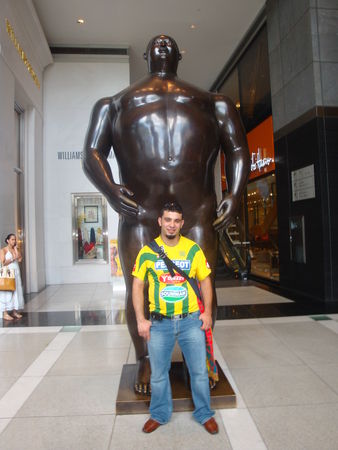



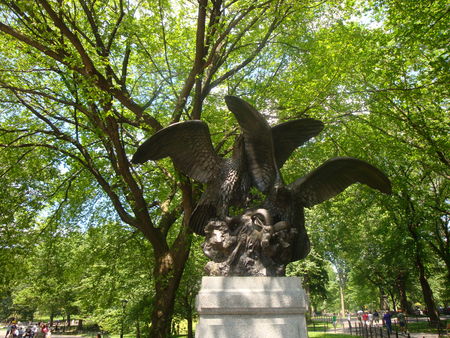





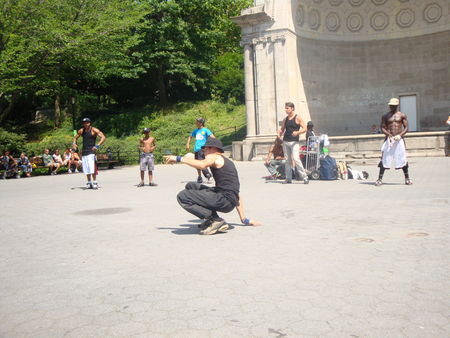




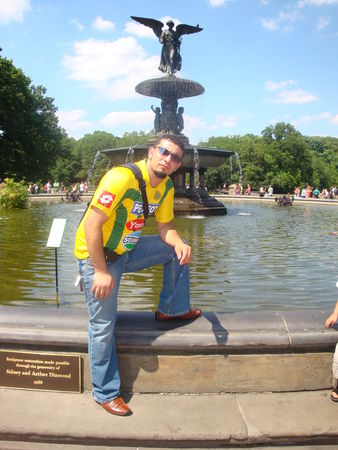






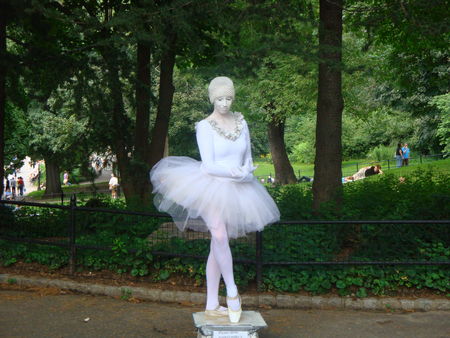








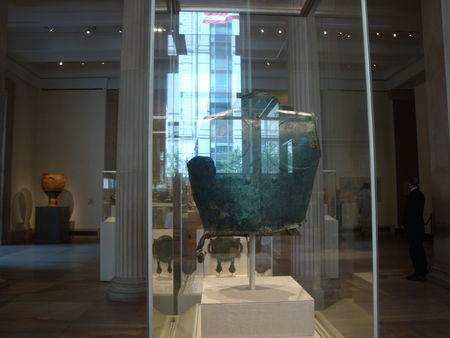



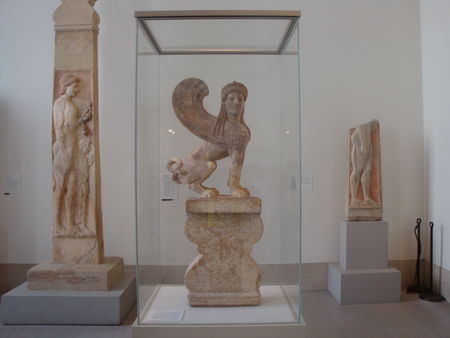











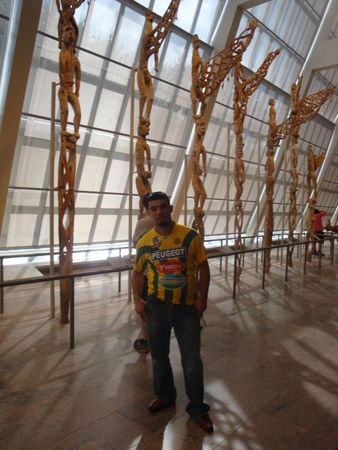

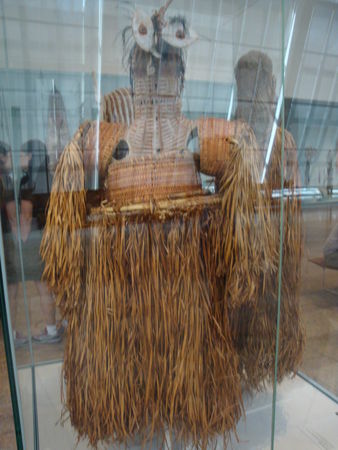



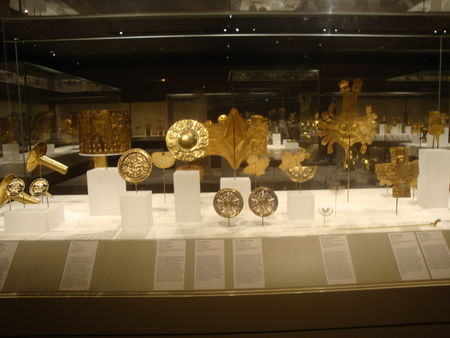



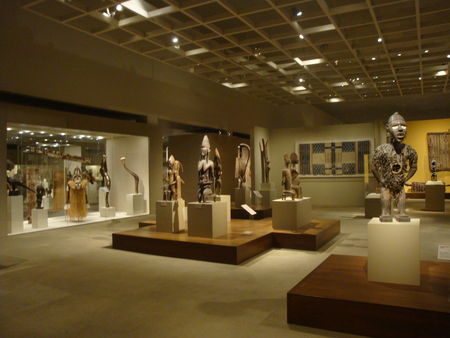



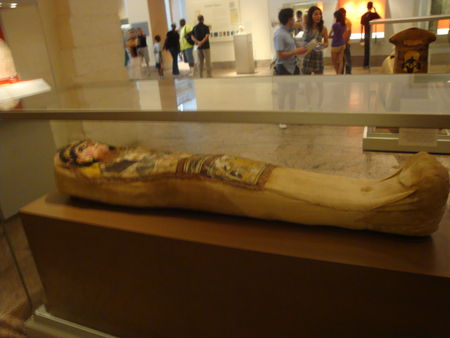


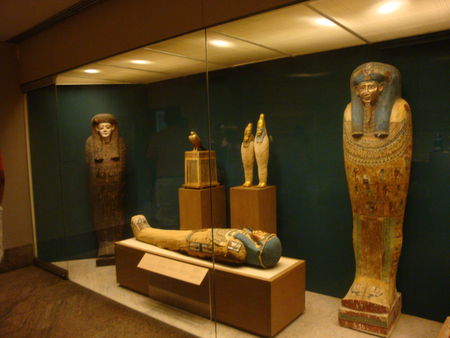






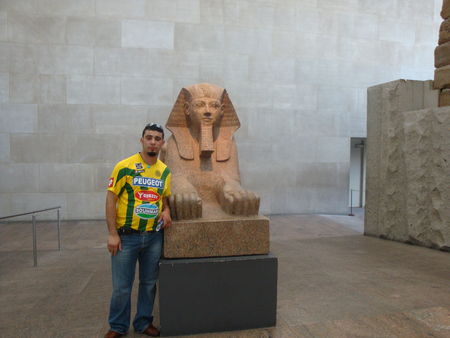





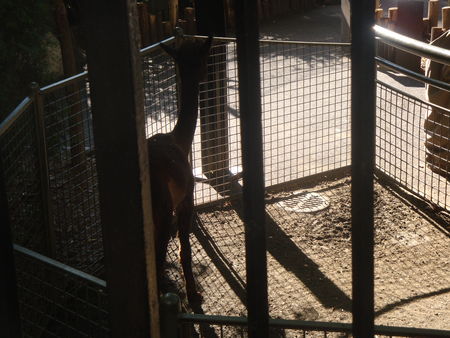


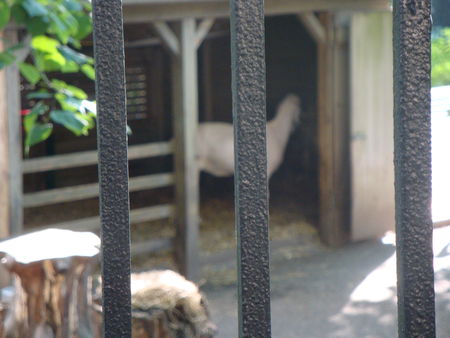


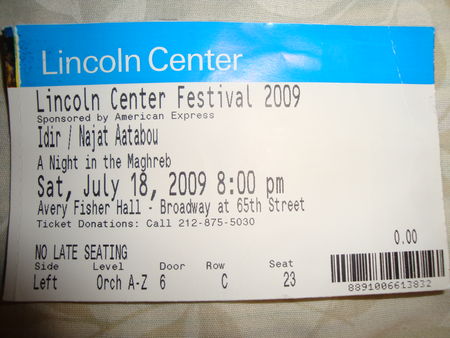


















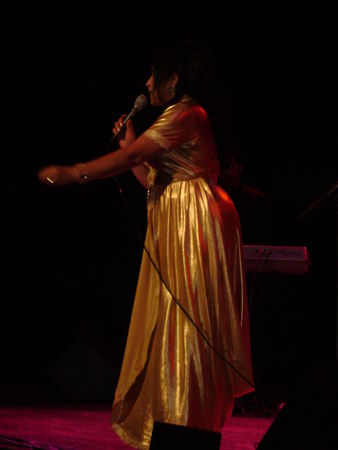









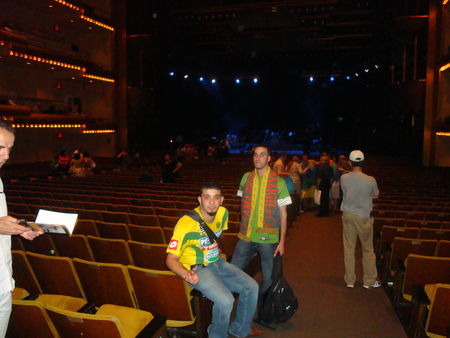



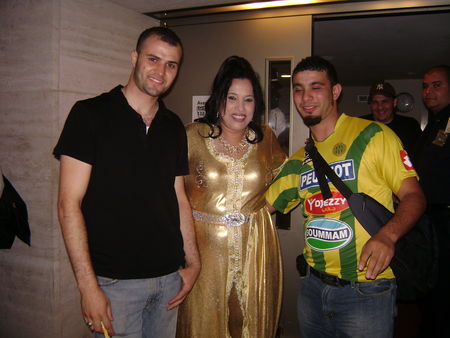













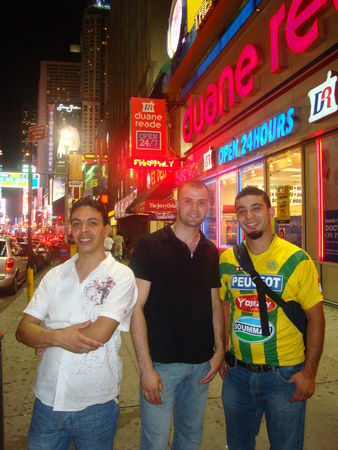
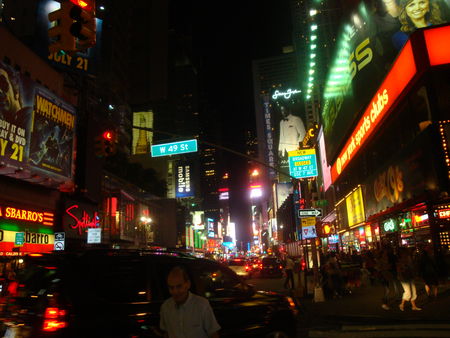
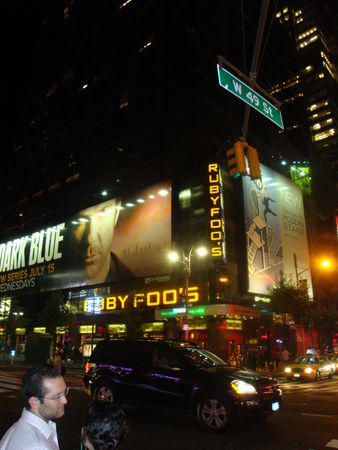







/https%3A%2F%2Fstorage.canalblog.com%2F48%2F84%2F630735%2F44030410_o.jpg)
/https%3A%2F%2Fstorage.canalblog.com%2F16%2F48%2F630735%2F43692561_o.jpg)
/https%3A%2F%2Fstorage.canalblog.com%2F52%2F98%2F630735%2F43100807_o.jpg)
/https%3A%2F%2Fstorage.canalblog.com%2F79%2F36%2F630735%2F42882452_o.jpg)